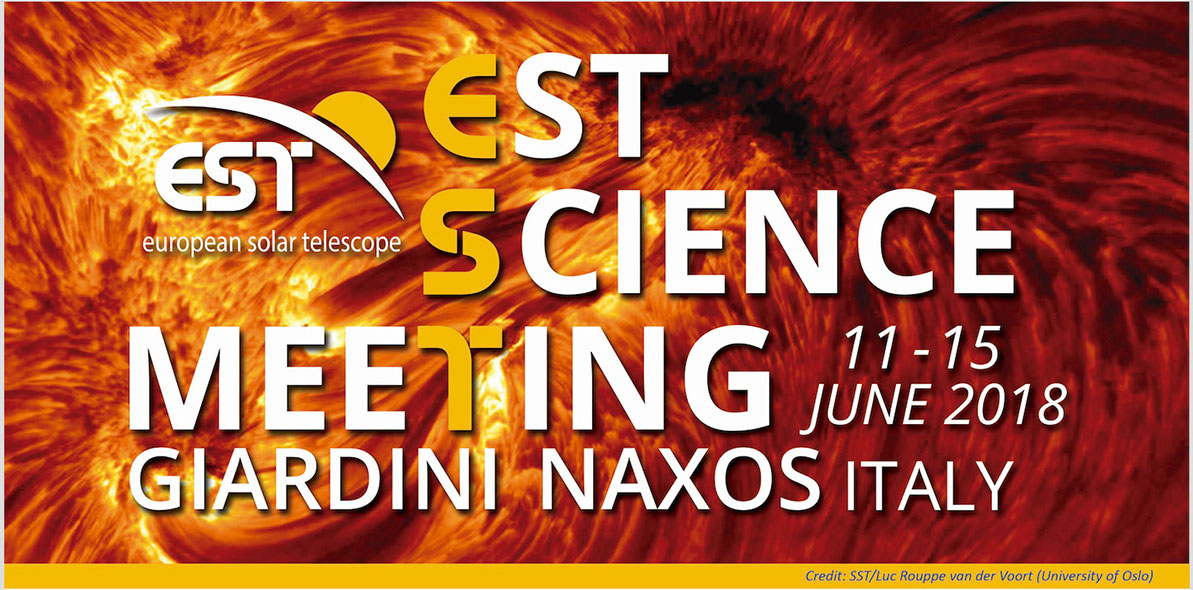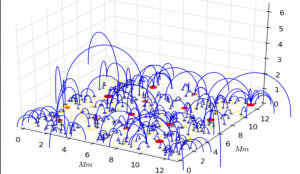
The EST Science Meeting aims at gathering scientists who wish to present their most recent theoretical and observational research in the field of Solar Physics. The meeting highlighted the key science cases that will be addressed by the 4-metre class solar telescopes, and the synergies with both current and future ground-based and space-borne facilities. The main characteristics and science goals of the EST project have been presented to the scientific community to maximize the sharing of knowledge about the project and provide awareness of the potential telescope capabilities. It was also an opportunity to contribute to the definition of the telescope Science Requirements Document, describing how and why the unique capabilities of EST will provide answers to several key science questions, will be presented at the meeting. EST will be the heritage of the entire solar physics community, and for this reason it is expected that the scientific community and in particular the EST Science Meeting participants, will contribute with science cases that will then be reflected in the Science Requirement Document.
We had the opportunity to give a talk in the session “Structure and Evolution of Magnetic Flux”. The talk “The small scale magnetic elements on the photosphere: a turbulent story” by D. Del Moro presented our recent results on the transport of small scale magnetic field by advection/diffusion as seen on different data-sets from ground-based and space telescopes, comparing those results with simplified advective models that mimic the motion scales observed on the solar surface.
The solicited talk “Parker’s dilemma: Do flares provide enough energy to heat the  quiet corona?” by L. Giovannelli was in the session “The Solar Corona”. He presented the analysis of the whole GOES detected flare sample (1979-2018), computing the power law of the flare energy for different periods of solar activity. To complement this result, we used a toy-model to extend the power law into the nano-flare energy regime and thus estimate the possible contribution to the coronal heating. In this model, the amount of energy released by flares is such that an efficiency of ~10% in the deposition rate is enough to justify the million degree hot Corona.
quiet corona?” by L. Giovannelli was in the session “The Solar Corona”. He presented the analysis of the whole GOES detected flare sample (1979-2018), computing the power law of the flare energy for different periods of solar activity. To complement this result, we used a toy-model to extend the power law into the nano-flare energy regime and thus estimate the possible contribution to the coronal heating. In this model, the amount of energy released by flares is such that an efficiency of ~10% in the deposition rate is enough to justify the million degree hot Corona.
G. Viavattene presented the Poster “Testing the Gallavotti-Cohen Fluctuation Theorem on the Solar Photosphere” in Session “The State-of-the-Art of the EST Project”. We employed high resolutions spectro-polarimetric data acquired with Interferometric BIdimensional Spectropolarimeter (IBIS) instrument installed at the Dunn Solar Telescope (DST) to perform a preliminary analysis of the validity of the Fluctuation Theorem of Gallavotti and Cohen (1995) in the solar convection field. This theorem portrays some symmetry features of entropy production rate and deviations in non-linear and far from equilibrium regime and the turbulent solar convection is an incomparable laboratory where to test it.




More Stories
Symposium of Space Climate 9 (Nagoya, Japan)
3rd Italian Space Weather Community Meeting
The 17th European Solar Physics Meeting (ESPM-17)